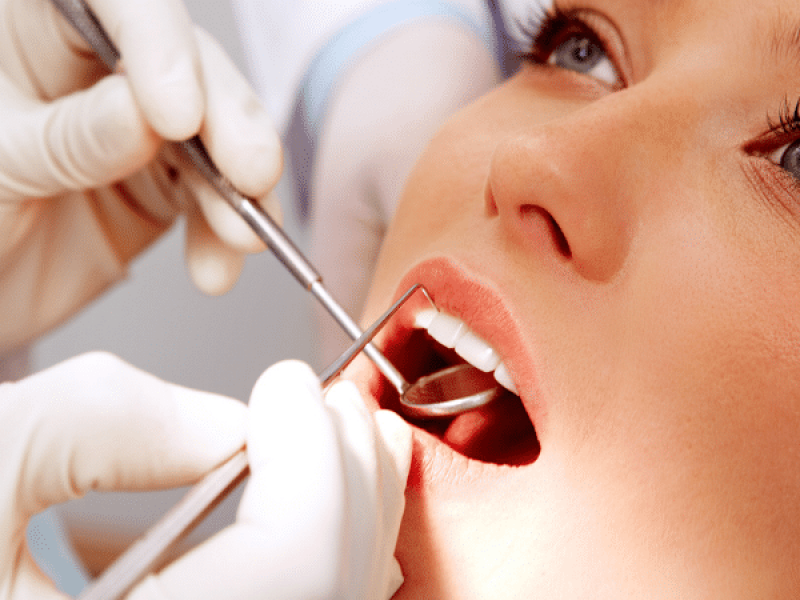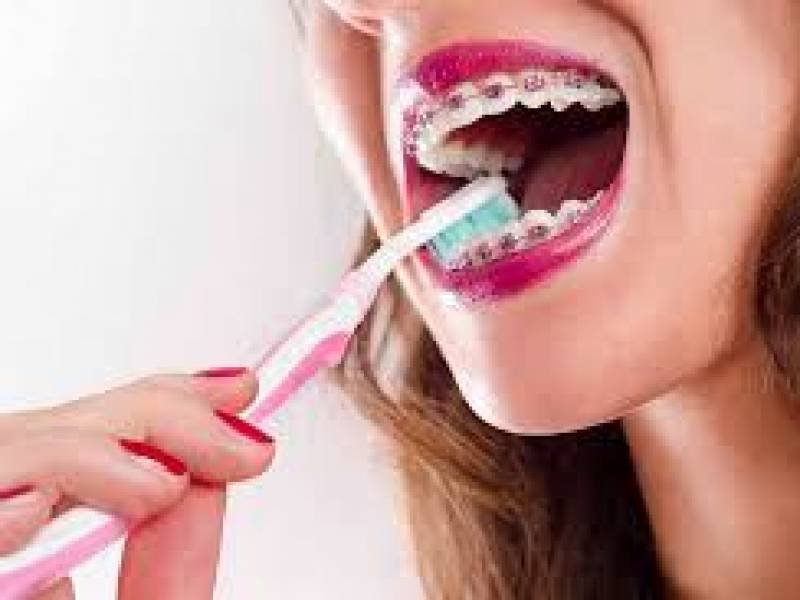Imaging Technology Facilitating Orthodontics Treatment!
Cephalometric films are generally used in orthodontics treatments and maxillofacial surgery. You will continue to receive the best healthcare services during the planning phase, during and after your treatment is finished, with films taken in the real size of the head.
Head bones and soft tissues can be viewed in the same film in front, back and side positions with the cephalometric x-ray device, which is special graphs taken in size equal to the actual size of the head, where the size of the skull and facial bones are evaluated relative to each other. Cephalometric film provides advantages to the doctor and the patient in the preparation of the treatment plan before the treatment, and the evaluation of the treatment effects during and after the treatment.
How Is Cephalometric X-ray Done?
If we answer your question of how to take a cephalometric film, first of all, the image sensor is positioned parallel to the patient's midsagittal plane in the cephalometric X-ray. The source of the X-ray beam is located directly opposite the image sensor, and the skull bones and soft tissues are displayed on the same film in the front, back and side positions.
Cephalometric x-ray images are mostly taken from patients who require orthodontics treatment or orthognathic surgery. The head and face view on the radiogram should be very close to the real dimensions. For this, the beam source is placed away from the patient. When these conditions are met, very realistic images are obtained.
Cephalometric images taken in horizontal and vertical directions are also used to examine sinus and zygomatic bone. It enables the analysis of tooth structures together with their roots.
Cephalometric Dental Film Advantages
In the preparation of the treatment plan; Cephalometric jaw radiographs provide an advantage to the patient and the dentist in order to evaluate during treatment or after the treatment. It is especially advantageous in terms of better planning of orthodontics treatments.
It also shows the relationship between the upper and lower teeth and jaws, and provides an idea of the relationship between the jawbones and soft tissues. It also gives an idea about impacted teeth, caries and tumor formations.
The cephalometric dental film is frequently used as one of the most developed methods in dental treatments. You can get more detailed and reliable information by asking your dentist questions such as how to take a cephalometric film, is it harmful.







Every Word You Share Matters to Us
Your feedback means the world to us. We're truly grateful for your support, your trust, and every suggestion that helps us become better. Thank you for being part of our journey.
Well I have just visited and had my first phase of treatment,throughout the process ,I have been in contact with Arina who has guided me throughout the process ,with prices,hotels,transfers and any questions I needed answering ,I came off the plane and my transfer was waiting for me to take me to hotel,I stayed at the La Marge,a lovely hotel and the staff couldn’t have done anymore,very friendly and always helpful,day 1 I was picked up in the morning by the transport and met by the lovely Anya who put me at ease straight away,day 1 is exhausting but getting most of it all done is the best way,I left there sore and a bit swollen,but had all the antibiotics,painkillers,mouthwash,ice packs to help,personally I went back straight to sleep and woke up in the morning,it was a lot better,all the staff at Tulay are first class,the cleanliness and professional manner in which they all shown was amazing,i want to thank them all and see you in September for Phase 2
I must say that the whole process is completely digital. First, they take your 3D jaw tomography and explain everything in detail, you get all the info about the process before your treatment. For mouth impressions, they use a 3D scanner which is one of the best ones (believe me I researched a lot about these things while choosing a clinic). They also have their own lab and your crowns are done there, that’s why everything s done super fast! I enjoyed my experience at Akkol Dental
Big shoutout to Anya! As a foreigner, communication is key, and Anya made everything clear and easy, she explained the process from start to finish and I felt safe at this place. Doctor Adnan did my crowns and the result was fantastic!
I was verry happy for this company the staff was sweet and proffesinelt. I pay 1.750€ for 12 crowns take € hvis you for the payment Regards Detlef Otto Denmark
I came to Antalya to get zirconia crowns, and I’m beyond happy with the results! Coordinator Arina was incredibly helpful from start to finish, she explained every step of the process, helped me with transportation, and made sure I was comfortable the entire time. Dr. Rifat is a true artist, he carefully designed my new smile, and my crowns look very natural and beautiful. The procedure was painless, and the clinic’s technology is top-notch. Now I can smile with confidence again! Highly recommended
Highly recommend clinic Tülay Akkol, professional approach of doctors! In love with my new smile. Tnaks to all the doctors and staff!
Where do I start? I would like to extend my gratitude to Arina and all the crew at Tulay Akkol dental centre. Arina was absolutely fantastic throughout the entire process and really excelled in great customer service. From the moment I arrived in Turkey with my family the transfer to the hotel was smooth and stress free. The hotel we stayed in was fantastic and the staff there were lovely. I personally would like to thank the dentist for excellent work and for being very patient and understanding. I can't speak highly off Tulay Akkol and the fantastic treatment I received for my smile makeover. Arina, you are a star and thank you for everything.
I came to the clinic to make my implants and crowns. Everything went really smoothly, the doctors are super professional, the hotel and translator is a top notch Greatly recommend best clinic in Antalya. Looking forward to my next visit thank you
Very pleasant visit. Office atmosphere is professional, staff is very friendly. Definitely recommend.
Had a really great experience with Tulay akkol , would definitely recommend!! Really love my new teeth :)